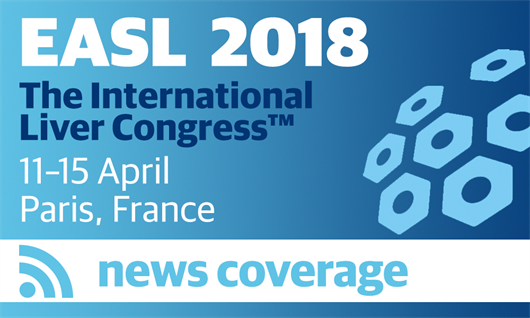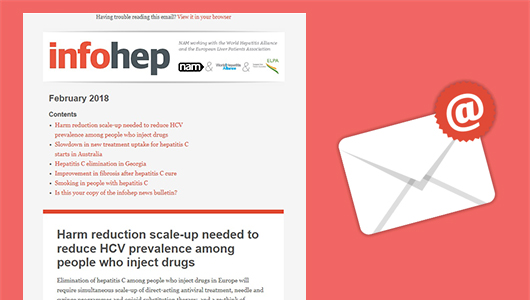A new report from the World Health Organization (WHO) released in March shows that the annual number of people receiving treatment to cure hepatitis C increased from around 1 million in 2015 to 1.5 million in 2016.
However, global access to hepatitis C treatment remains uneven, with a small number of countries accounting for the bulk of the increase. Egypt and Pakistan accounted for about half of all people starting direct-acting antiviral (DAA) treatment to cure hepatitis C in 2016. There has also been encouraging progress in countries as diverse as Australia, Brazil, China, France, Georgia, Mongolia, Morocco, Rwanda and Spain.
WHO’s report, titled Progress report on access to hepatitis C treatment: focus on overcoming barriers in low- and middle-income countries, reviews the progress made in expanding access to life-saving treatment for hepatitis C infection in 23 low- and middle-income countries. It also provides information from innovator and generic medicine manufacturers and multiple partner organisations working in the field of viral hepatitis.
In a joint letter releasing the report, Dr Gottfried Hirnschall, WHO Director of HIV and Hepatitis, and Dr Suzanne Hill, WHO Director of Essential Medicines and Health Products, underlined the importance of government leadership in scaling up hepatitis C treatment. "A great number of countries need to seize the opportunity to procure the more affordable generic DAAs, which have become available through voluntary licensing or local production," they wrote.
Their joint message also called on global leaders and partners to take urgent action. "We need to join forces to unblock the price barriers in upper-middle- and high-income countries, which are home to 38% of all people with chronic hepatitis C infection. We also need to rapidly scale up access to hepatitis testing, as most people with hepatitis C remain unaware of their infection, let alone the need and chance to be cured."
According to the report, the overall number of people initiating DAA treatment has reached 3 million. However, this progress also points to a long road ahead: it is estimated that 71 million people worldwide have hepatitis C infection – and all need treatment.





Connect with infohep on Facebook: Keep up to date with all the latest news and developments.
Follow infohep on Twitter for links to news stories and updates from infohep.org. Follow us at www.twitter.com/infohep.
Follow all the infohep news by subscribing to our RSS feeds.